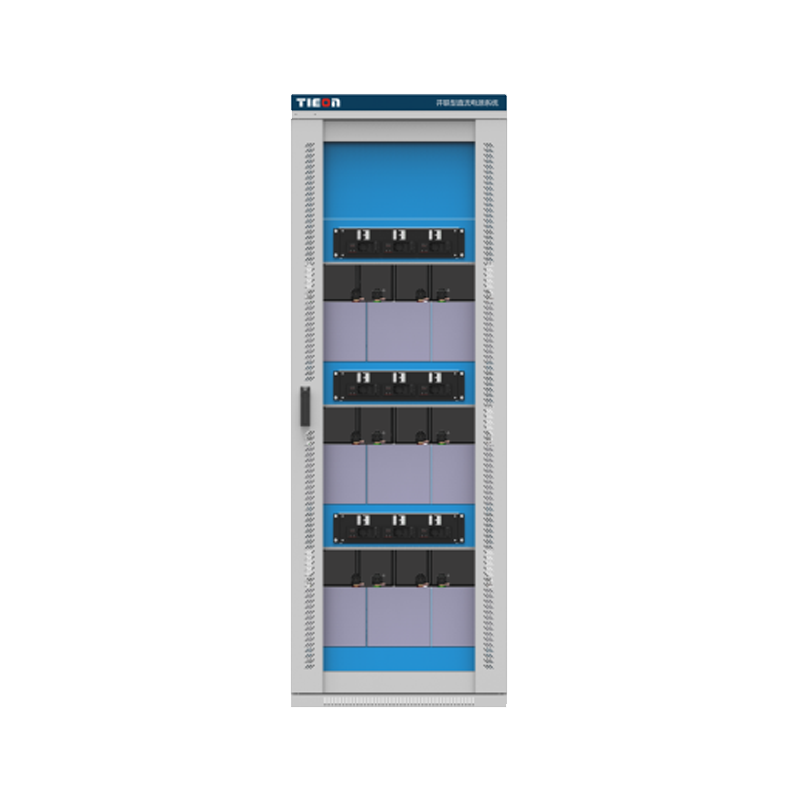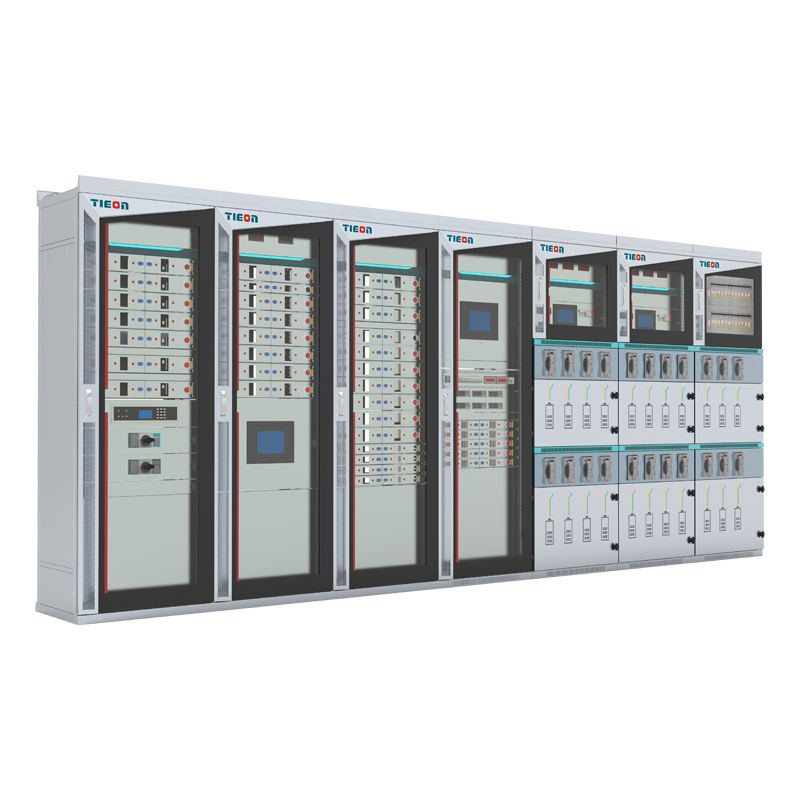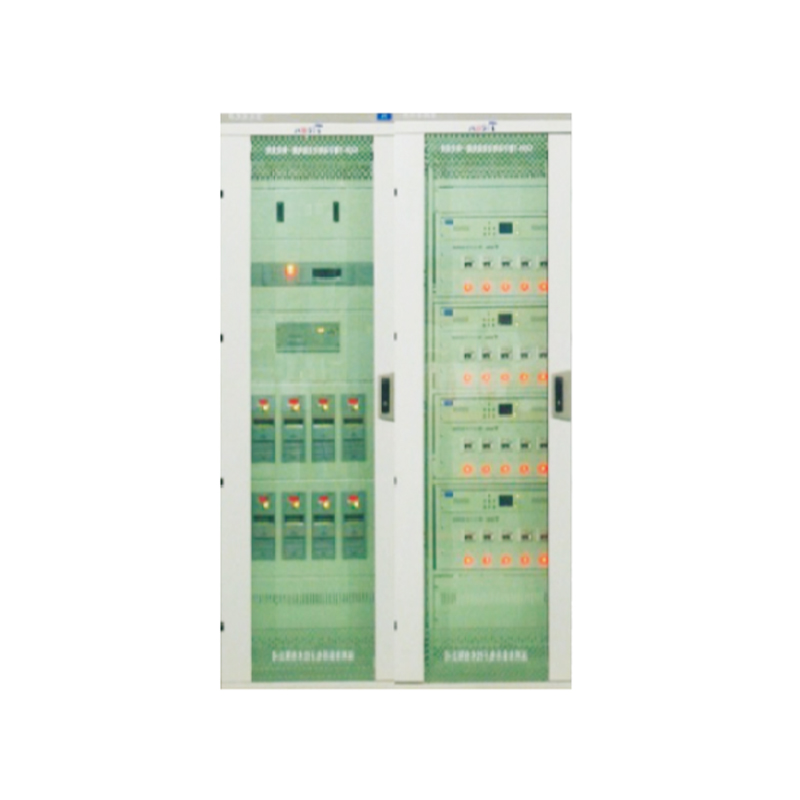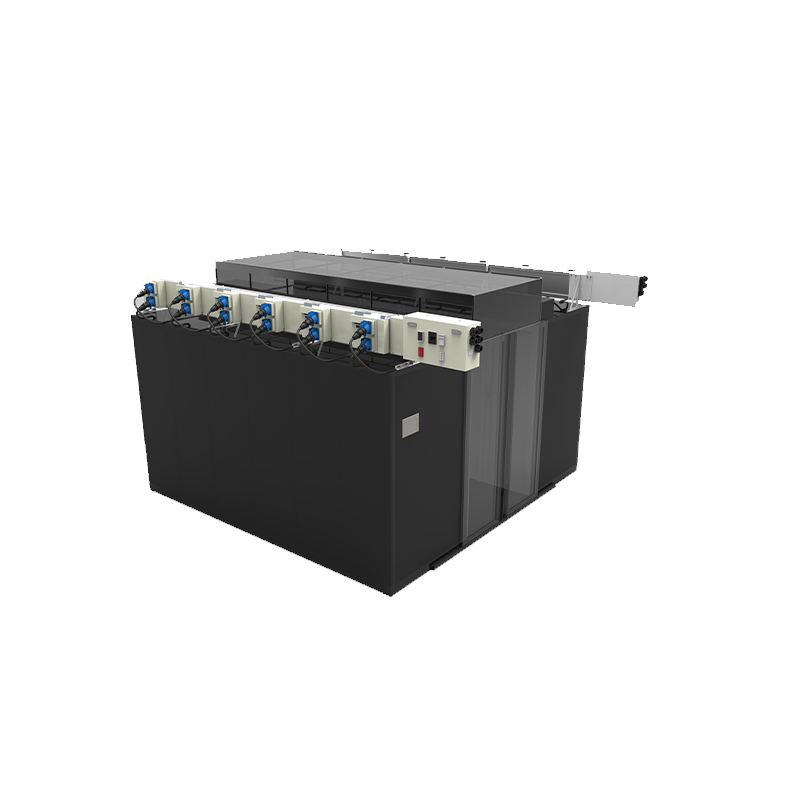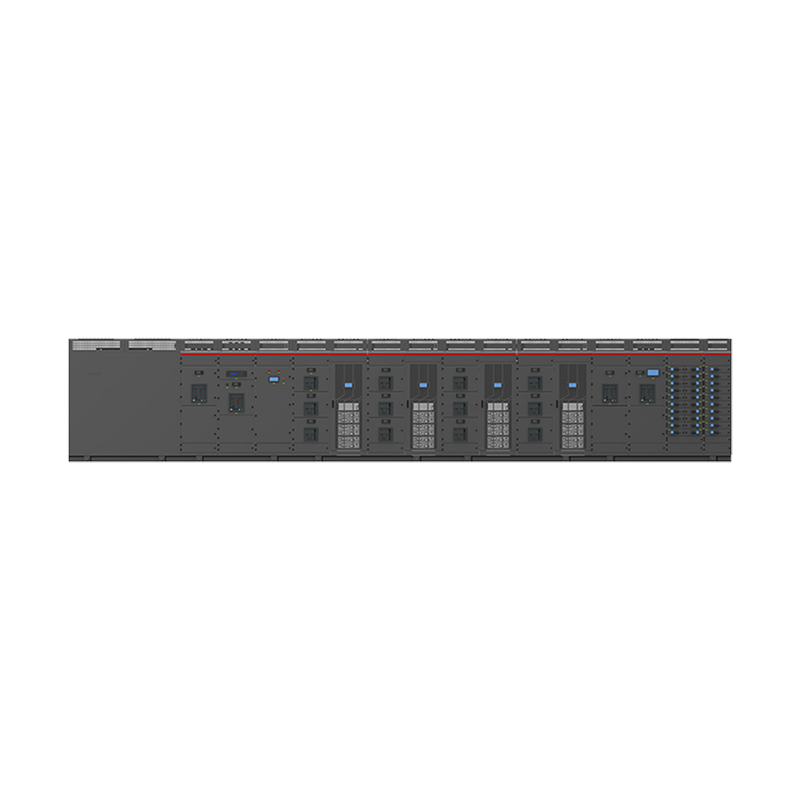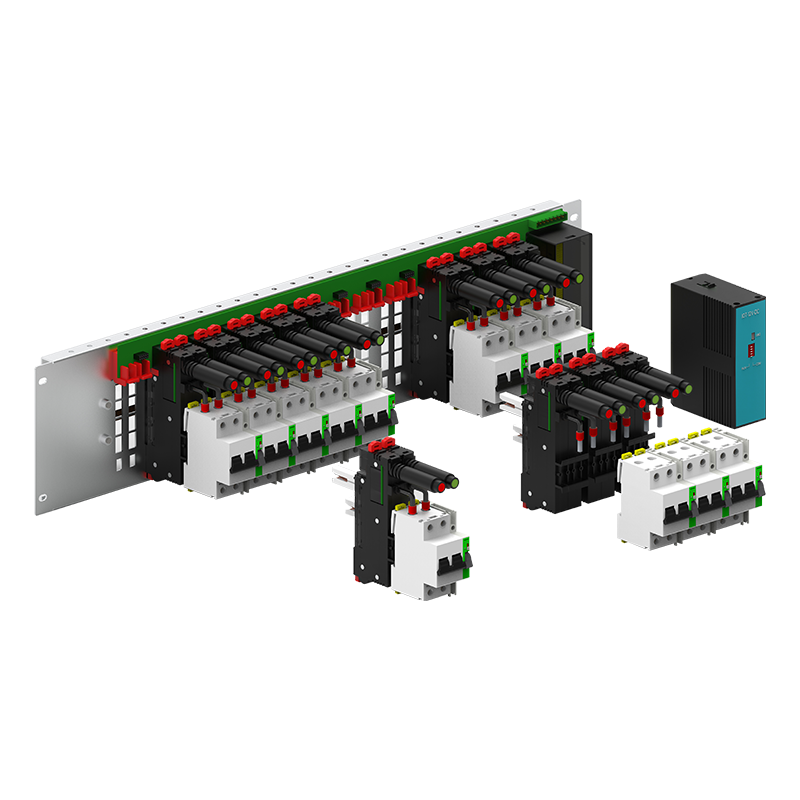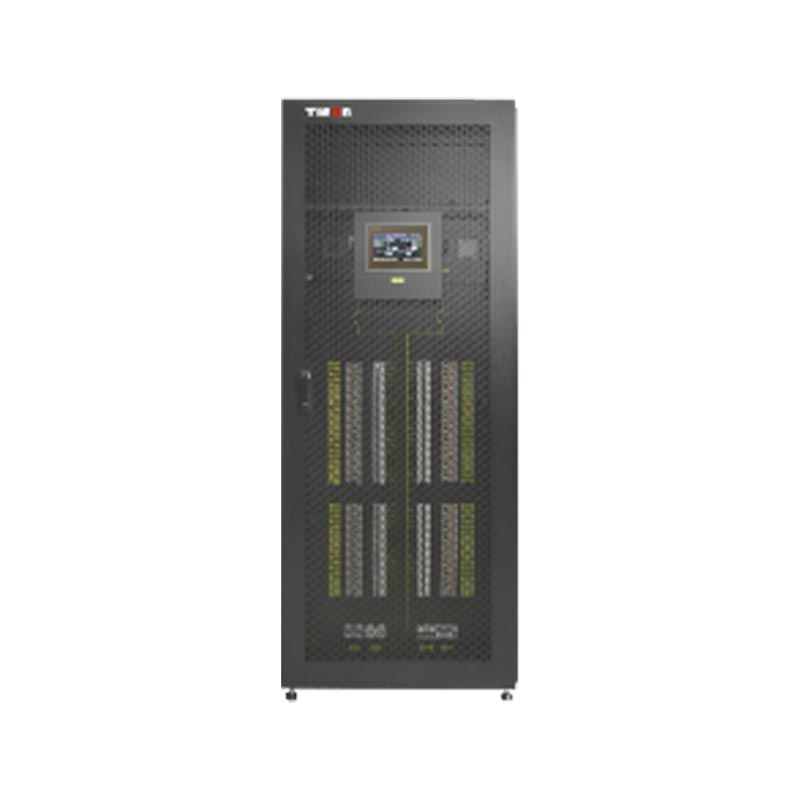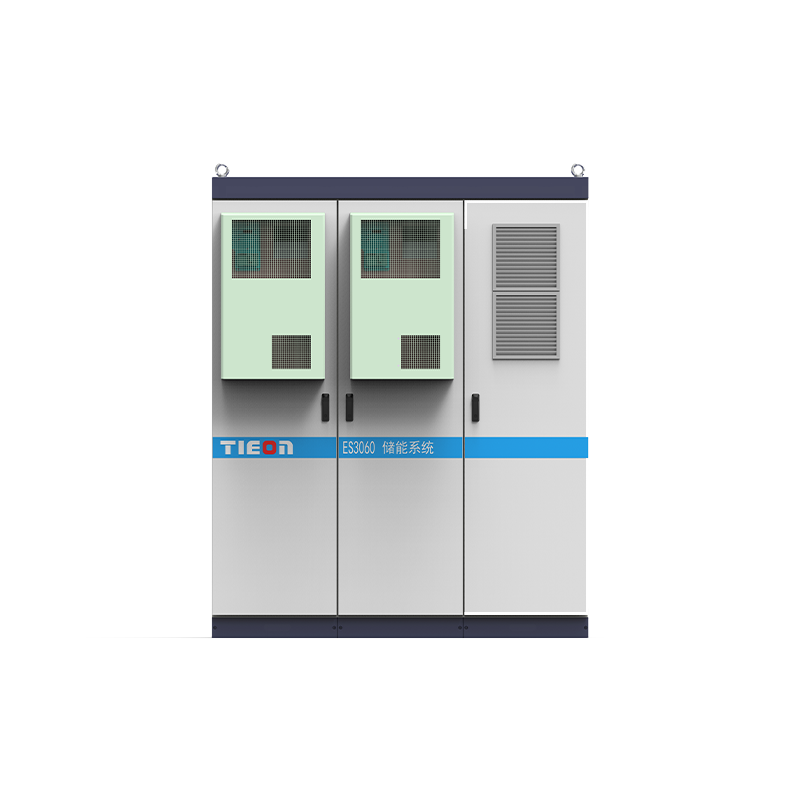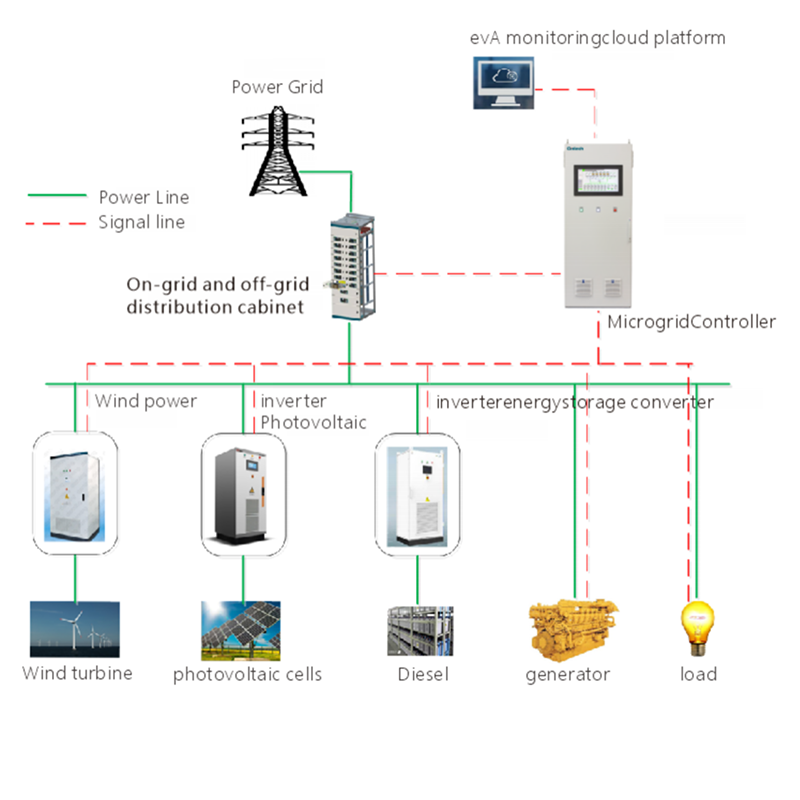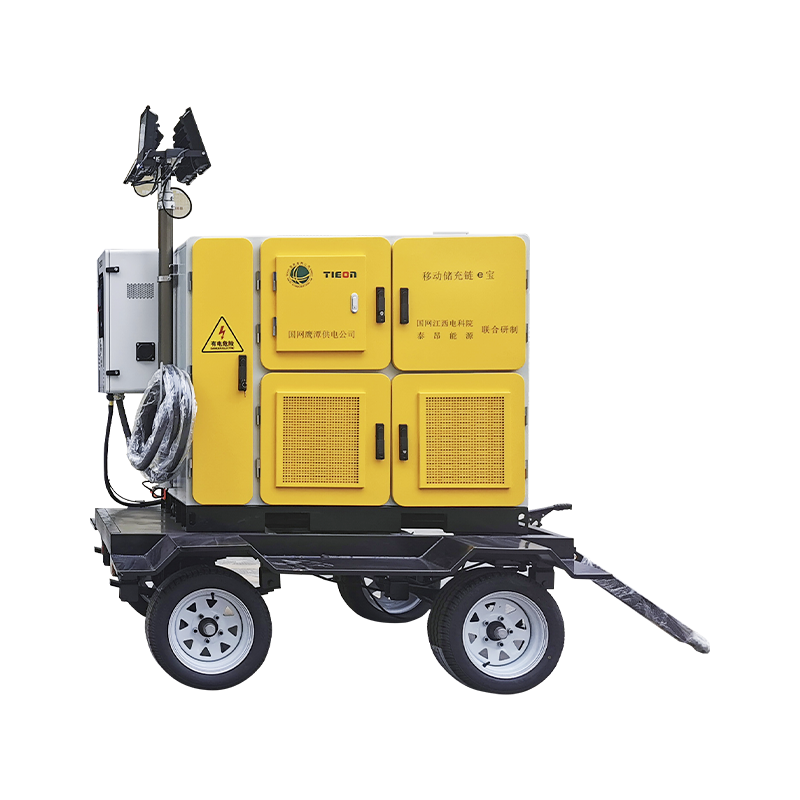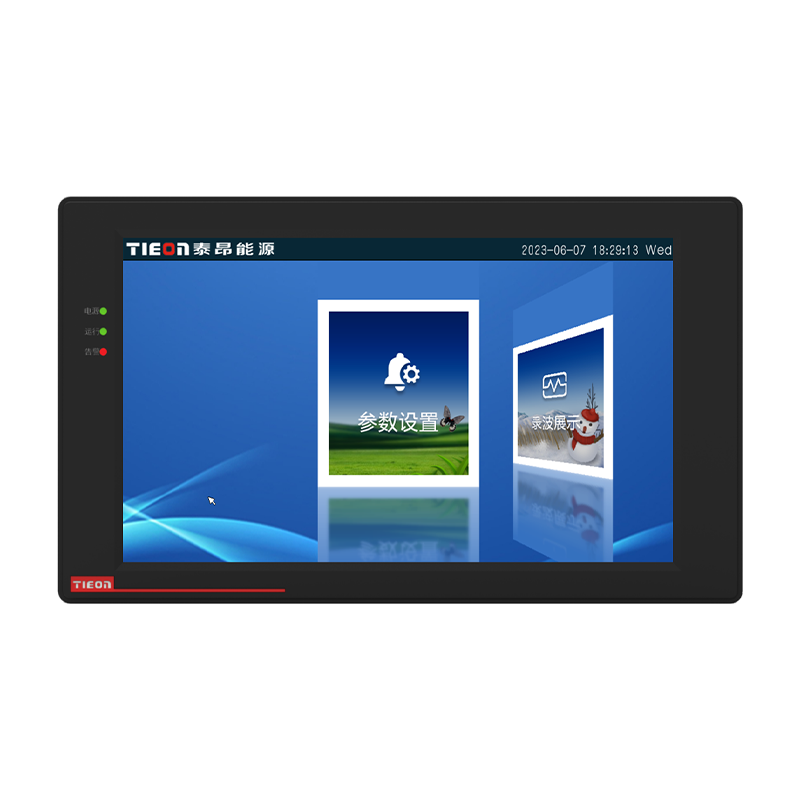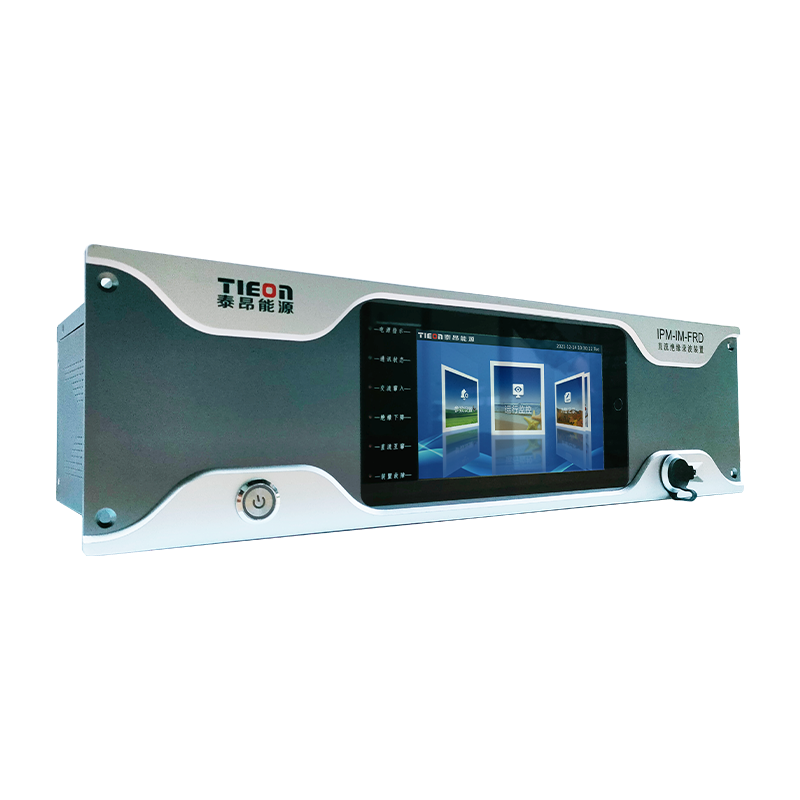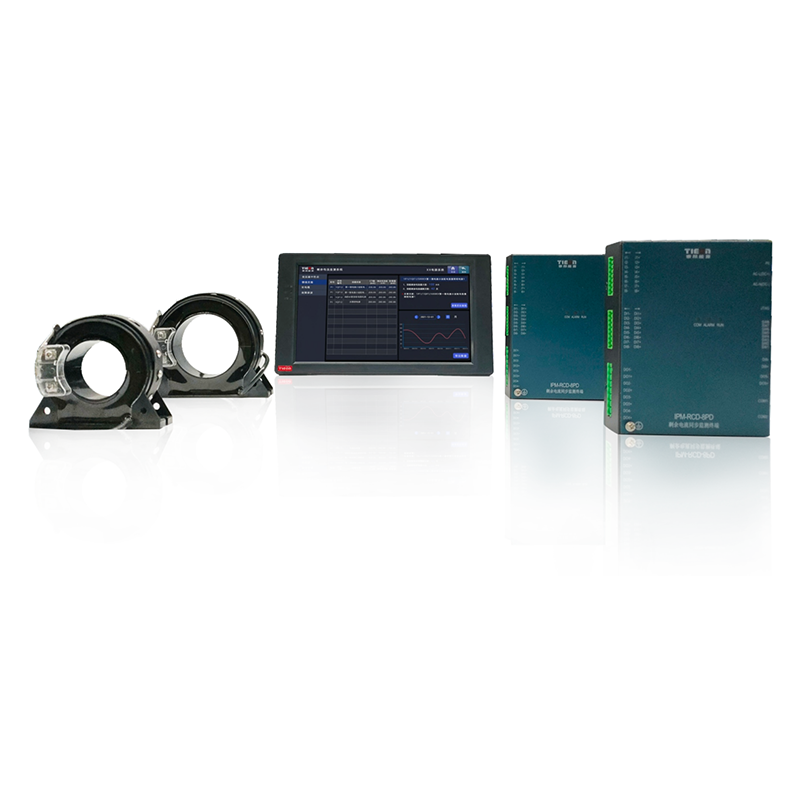A Power Distribution Center (PDC), also known as a Distribution Center or Electrical Distribution Center, is a critical component of electrical infrastructure designed to receive, manage, and distribute electrical power to various loads within a building, facility, or grid. It acts as an intermediary between the main power source (such as a utility substation) and the end-users (like residential, commercial, or industrial consumers).

Key Functions of a Power Distribution Center
Receiving Electrical Power:
The PDC receives high-voltage electricity from the main power source, typically a utility grid or substation.
Voltage Transformation:
It steps down the received high voltage to medium or low voltage levels suitable for distribution to different types of loads. This is achieved using transformers.
Power Distribution:
The PDC distributes the transformed electricity through various circuits to different areas or equipment within the facility. This includes distributing power to lighting systems, HVAC (Heating, Ventilation, and Air Conditioning), machinery, and other electrical devices.
Protection and Control:
It includes protective devices such as circuit breakers, fuses, and relays to safeguard the system against overloads, short circuits, and other faults.
Switchgear and control panels are used to manage and monitor the flow of electricity.
Monitoring and Automation:
Modern PDCs often incorporate SCADA (Supervisory Control and Data Acquisition) systems or similar automation technologies for real-time monitoring and control of the distribution network.
These systems can provide alerts, perform remote diagnostics, and optimize energy usage.
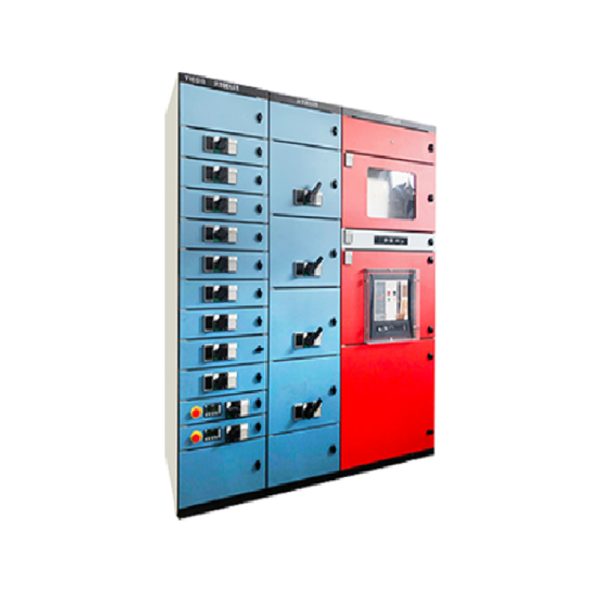
Components of a Power Distribution Center
- Transformers: Step down high voltage to lower levels.
- Switchgear: Controls and protects circuits.
- Circuit Breakers: Protect against overcurrent and short circuits.
- Relays and Protective Devices: Detect and isolate faults.
- Busbars: Conductors that distribute power to multiple circuits.
- Metering Devices: Monitor electricity usage and performance.
- Control Panels: Interface for managing and controlling the system.
- Communication Systems: Facilitate data exchange and remote monitoring.
Applications of Power Distribution Centers
- Industrial Facilities: Distribute power to heavy machinery, production lines, and other equipment.
- Commercial Buildings: Supply power to offices, retail spaces, and public facilities.
- Residential Areas: Manage power distribution in apartment complexes or neighborhoods.
- Data Centers: Ensure a reliable power supply to servers and IT infrastructure.
- Hospitals and Critical Infrastructure: Provide uninterrupted power to essential services and life-support systems.
Example Scenarios:
Industrial Plant:
A large manufacturing plant may have a centralized PDC that receives electricity from the utility grid and distributes it to different departments like production lines, warehouses, and administrative offices. The PDC ensures that each area gets the appropriate amount of power and maintains safety through integrated protection systems.
Commercial Office Building:
In a multi-story office building, the PDC manages the distribution of electricity to various floors, ensuring efficient power delivery to lighting, HVAC systems, elevators, and tenant spaces. Advanced monitoring systems help optimize energy consumption and reduce operational costs.
Residential Complex:
An apartment complex might use a PDC to distribute electricity to individual units while incorporating smart metering to track usage and promote energy efficiency among residents.
In summary, a Power Distribution Center plays a crucial role in managing and delivering electricity safely and efficiently across various sectors. Its design and functionality ensure that power is reliably distributed to meet the diverse needs of modern facilities and infrastructure.

